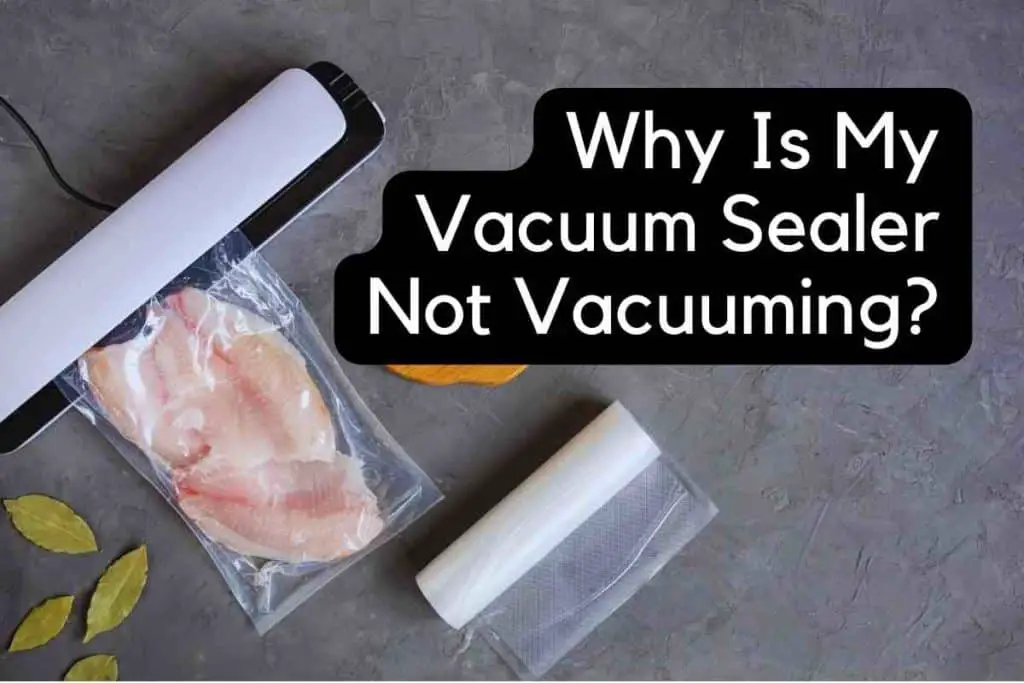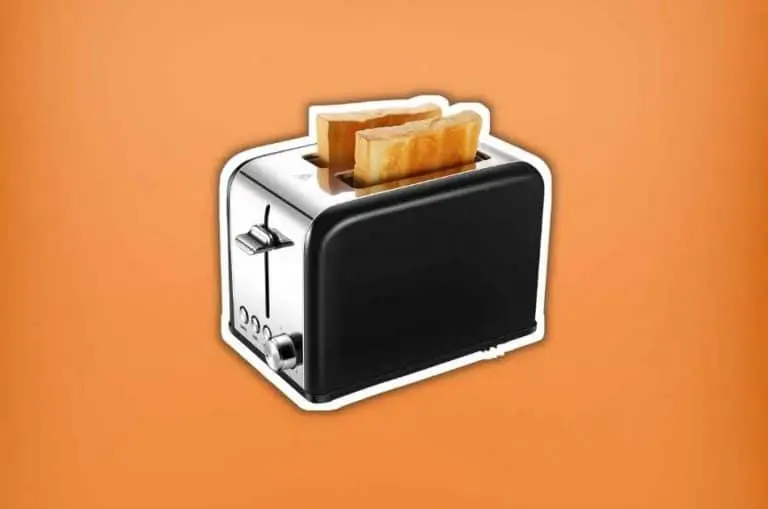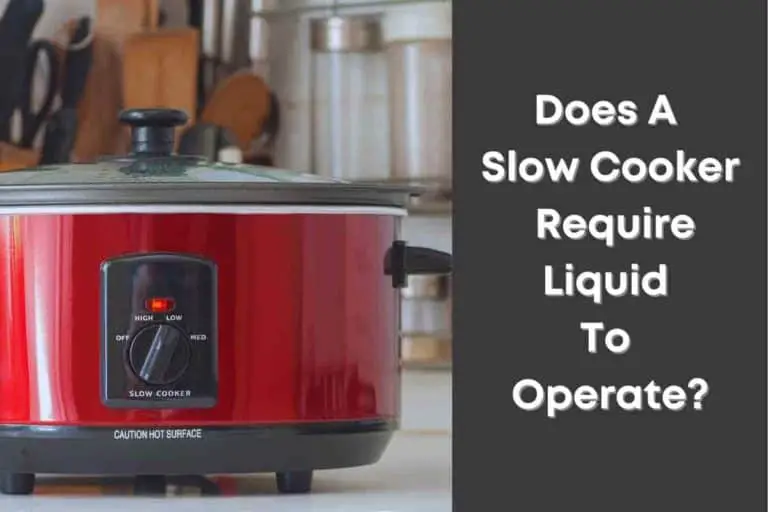Why Is My Vacuum Sealer Not Vacuuming?
Whether you are a DIY entrepreneur or someone who does your own food preparation, there’s no denying that vacuum sealers are a valuable appliance in your kitchen. It is essential to get the basic knowledge of troubleshooting your vacuum sealer.
Why is my vacuum sealer not vacuuming?
The most common reason for a vacuum sealer not working is a faulty cord or fuse burn. The second main reason could be the vacuum motor malfunctioning. And while a professional repair may be expensive, a trip to the hardware store is usually a lot cheaper.
There’s no need to throw out your old vacuum sealer. It can be turned into a supercharged, space-saving vacuum sealing machine with the right tools and basic knowledge. Continue reading to learn more about the troubleshooting tips for the vacuum sealing machine.

If you want to buy a vacuum sealer, we recommend checking out our review of the top 5 affordable vacuum sealer machines.
05 Steps to Find and Troubleshoot the Problem
What if you don’t know what the problem is? This is a common scenario if your vacuum sealer is malfunctioning; you don’t know the cause. Here are five steps to find and troubleshoot the problem.
1. Analyze the Problem
Before troubleshooting your vacuum sealer, it’s essential to first figure out the problem. The best way to do this is to do a vacuum test. If you can’t see the sealer’s nozzle, you may have to disconnect the power cord.
If the sealer is plugged in, ensure that the power cord is firmly plugged into the socket. If the vacuum sealer is plugged into a surge protector, ensure that the surge protector is turned off. You should first check the fuse of the vacuum sealer machine.
Read Also: An Ultimate Guide about Stasher Bags
2. Identify the Cause
Now that you have checked the power cord, fuse, and surge protector, it’s time to figure out the problem. You can do this by taking the following steps:
- Read the troubleshooting section in manual
- Check the typical problems mentioned in the manual and compare them with the issue you face.
- Identify the problem; if it’s the same as mentioned in the manual, then follow the instruction to troubleshoot it.
- Check the faulty power cord and fuse.
- Check the vacuum sealer’s nozzle to see if it’s clean.
3. Find the Source of the Problem
If you cannot troubleshoot by reading the manual and your vacuum sealer is under warranty, talk to the company’s technical support. Mainly the technical support can guide and solve the problem on-call or provide helpful resources.
If your product is not in warranty, you can also take help from company support or visit their website or forum to see the FAQ section and what other people ask about the problem.
You may have noticed that some of the problems mentioned in the manual are not common. If you can find the source of the problem and have some DIY skills to resolve it, you may go to the store to get the parts to replace.
If you cannot find the parts, you can ask a professional to help you. It is essential to identify the source of the problem.
4. Implement the Solution
Once you have found the source of the problem, it’s time to implement the solution. This can be done by:
- For power cord problems, replace it with a new one.
- If the fuse is damaged, replace it with a new one for fuse problems.
- For the nozzle, check the nozzle for any damage.
- If there is any damage to the vacuum motor, replace it with a new one.
- Once you have returned the part, it’s time to test the solution.
5. Measure the Results
Once you have implemented the solution, it’s time to measure the results. You can do this by:
- Check the power cord and fuse to see if the problem is resolved.
- Check the vacuum sealer’s nozzle to see if it’s clean.
- Check the vacuum motor to see if it’s working.
Contact the vacuum sealer machine repair technician if the problem is not resolved.
What Are Your First Three Symptoms?
As I have shown in the video above, there are many symptoms that you can observe to determine if your vacuum sealer is working correctly. I have also listed the symptoms below:
- The vacuum sealer is not working
- The vacuum sealer is not sucking the air out
- The vacuum sealer is not sealing the food bags
Read Also: Is It Worth Buying a Vacuum Sealer?
Do You Have a Warranty on Your Vacuum Sealer?
Surprisingly, most vacuum sealer manufacturers offer a warranty on their products. However, not all vacuum sealer warranties are the same. You can read about the different vacuum sealer warranties below:
This is the most common warranty offered by vacuum sealer manufacturers. This warranty covers the vacuum sealer machine in the home.
The vacuum sealer machine warranty usually covers the machine’s parts for a certain period. It may also protect the power cord and the vacuum sealer’s nozzle.
Conclusion
Vacuum sealers are handy kitchen appliances. If you are not using your vacuum sealer properly, it can damage your food. Vacuum sealers can also be used for a variety of other things. For example, you can use it to seal bags for freezing.
If you’re using your vacuum sealer correctly, it should be a reliable appliance that keeps your food fresh and clean. Unfortunately, for some people, their vacuum sealers do not work correctly. This may be due to various reasons, including poor maintenance, faulty parts, or insufficient power. Regardless of which issue is causing the problem, if you’ve been having issues with your vacuum sealer, it’s time to make an appointment with your local vacuum sealer repair technician.
If you are interested in the best kitchen products and accessories, be sure to visit my Recommended Products Page (click to see my page), Which includes all of my top picks by category.






